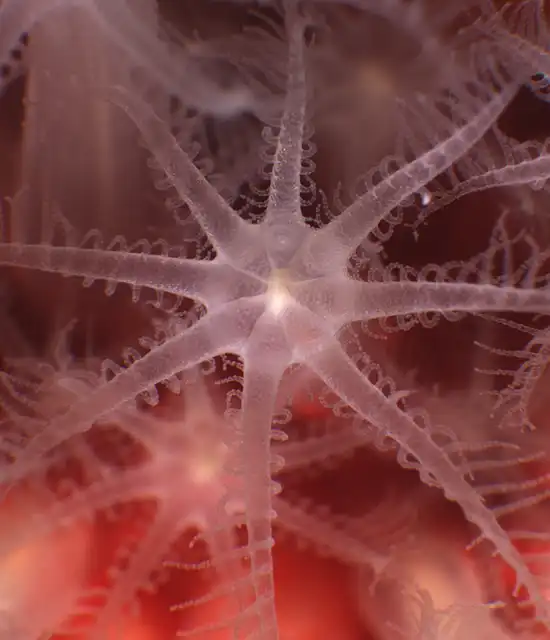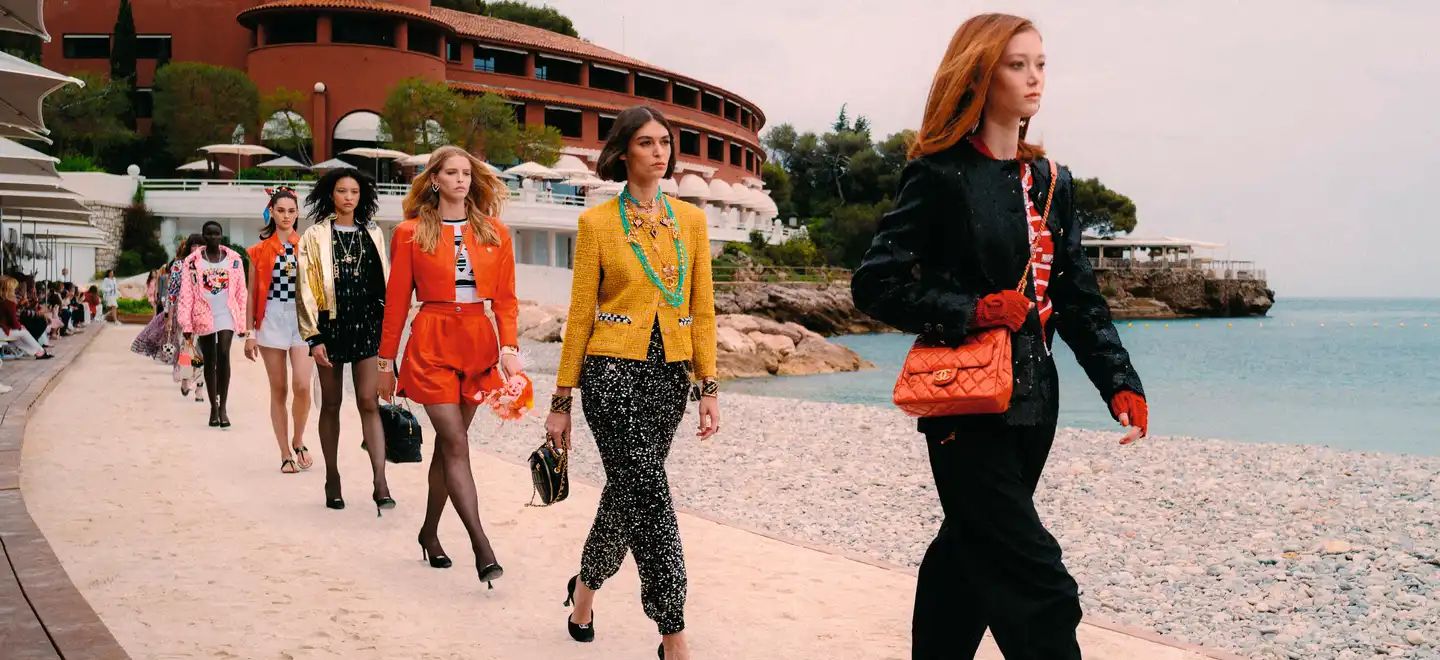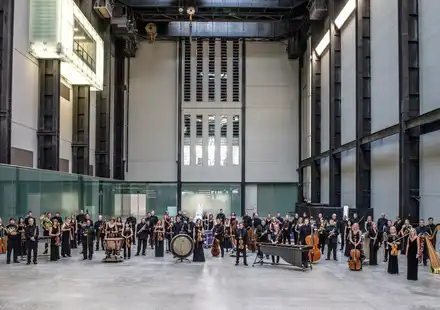Published on March 14, 2024Updated on March 14, 2024
In the heart of the Principality of Monaco, Denis Allemand and the Centre Scientifique de Monaco (CSM ) lead a passionate quest to understand and preserve corals, those mysterious marine organisms with a crucial ecological role. For over three decades, the CSM has established itself as a world leader in the study of corals, exploring their complex biological diversity that extends far beyond the image of tropical coral reefs. Immerse yourself in the fascinating history of coral, from its mystical origins to its scientific classification, and discover how science and luxury come together to safeguard natural beauty and marine biodiversity.
Can you tell us about the link between the CSM and coral in general?
Denis Allemand: The Monaco Scientific Center, which is the research agency for the Principality of Monaco, has been developing important work on corals for more than 30 years and has become one of the world’s pilot laboratories. The term “coral” is not strictly zoological: it is used to refer to several types of organism. They are certainly related, but often as distant from each other as bats and elephants! When we use the term today, we mainly think of coral reefs and the pristine white beaches around them.

What do we currently know about corals?
Denis Allemand: The word was originally developed to refer to the red coral of the Mediterranean and was later applied to other corals, including reef building corals. But for these types, explorers only became interested in reefs during the sixteenth century, when they were dangerous for sailors. No-one knew that they had been built by animals. Then in the eighteenth century, a doctor from Marseille called Jean-André Peyssonnel put an end to a long debate on the nature of red coral that had begun with Pline l'Ancien: is coral a stone, a plant or an animal? Peyssonnel was the first to recognise the animal nature of the substance, and his observation was then extended to other “corals”.

What exactly is precious coral?
Denis Allemand: The colour of red coral has been fascinating humans since prehistoric times, which is why it is known as “precious” coral. At once a secular or religious work of art, a jewel, a talisman and a remedy, red coral was first harvested, then commercially fished from the tenth century, with production peaks of 100 tonnes a year in the Mediterranean at the end of the 1970s. Around 20 coral reefers are currently authorised to fish for coral on the French coast, and the practice is strictly regulated. But red coral suffers from other threats too. Poaching and rising water temperatures cause coral death on a massive scale, which is why conservation programmes are so important, while allowing fishermen and women to go on making a living from their profession. Unfortunately, scientific knowledge on the biology of precious corals in general, and red coral in particular, is still limited.

How did the partnership with Chanel come about?
Denis Allemand: Chanel is determined to protect the oceans and drawing on the expertise of the CSM developed since the end of the 1980s, the brand decided to join forces with us to create the first Research Unit entirely dedicated to precious corals. Located within CSM, the unit aims to develop fundamental research programmes to better understand certain key processes in the life of red coral, with the aim of protecting this species.


Chanel's Approach
Red coral and pearls are used in jewellery and at Chanel and our mission is to help preserve them, despite climate change and plastic pollution, explains Frédéric Grangié, President of Watches & Fine Jewelry at Chanel. We are delighted to share this partnership on Mediterranean red coral with the Monaco Scientific Center. As a luxury brand, our main goal for the project is to be able to help preserve this natural resource and find alternatives for it that will allow the jewellery sector to use red coral without depleting stocks, because we know that red coral grows very slowly: just 1 mm per year! We are responsible for perpetuating this resource without impacting the natural environment.
You might also like…
Printemps des Arts Monte-Carlo
For this new edition ahead of the classical music festival, Bruno Mantovani explores the music of this visionary composer, conductor and teacher.

New Moods reopens: let the party begin! Interview with Stéphane Lobono and Alfonso Ciulla
Read the interview with Stéphane Lobono and Alfonso Ciulla about the reopening of New Moods in Monaco, an iconic venue dedicated to live music.

Repossi: high jewellery and avant-garde design. Meeting with Anne de Vergeron
Meet Anne de Vergeron, CEO of Repossi, for a creative and sparkling tour through the history and behind the scenes of this legendary jewellery house.

